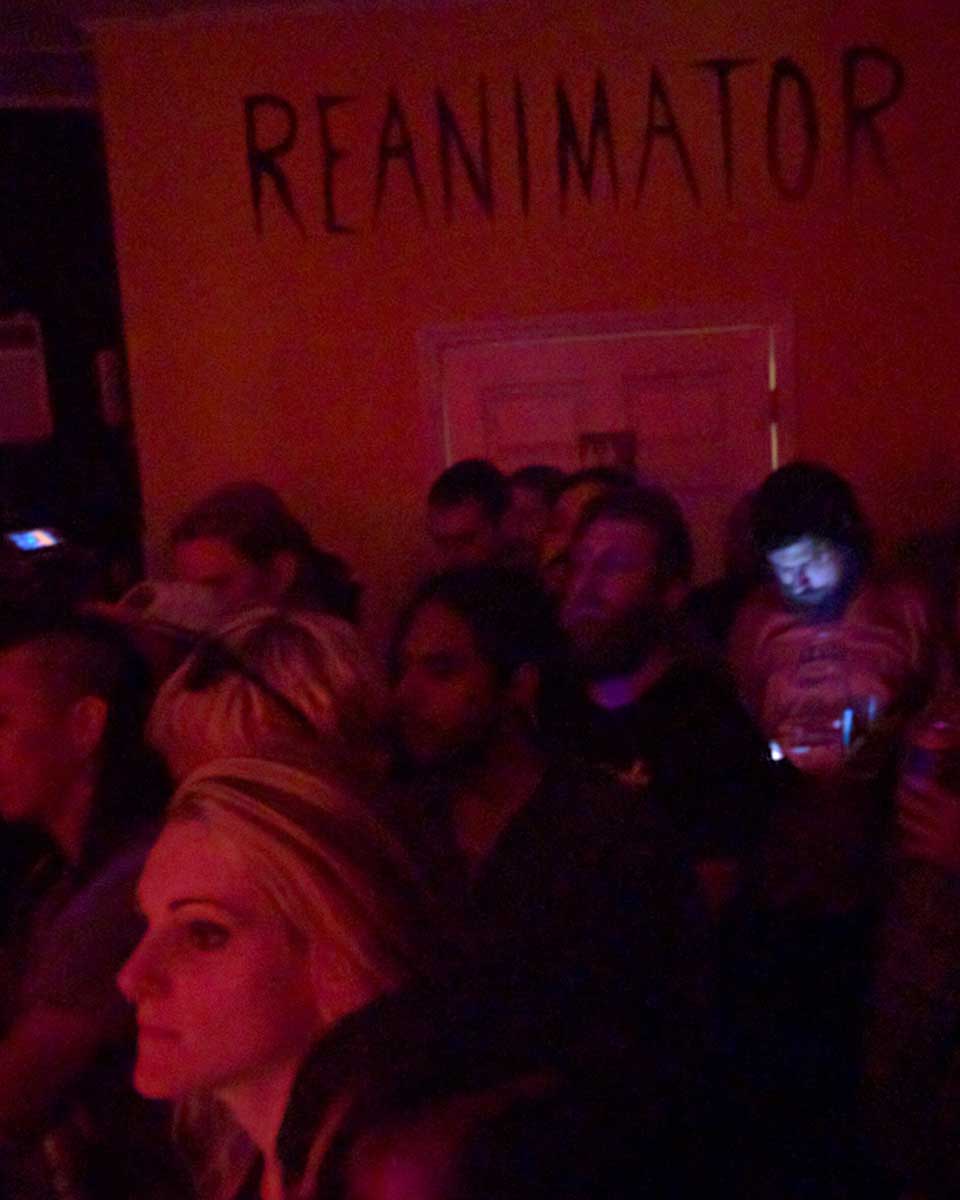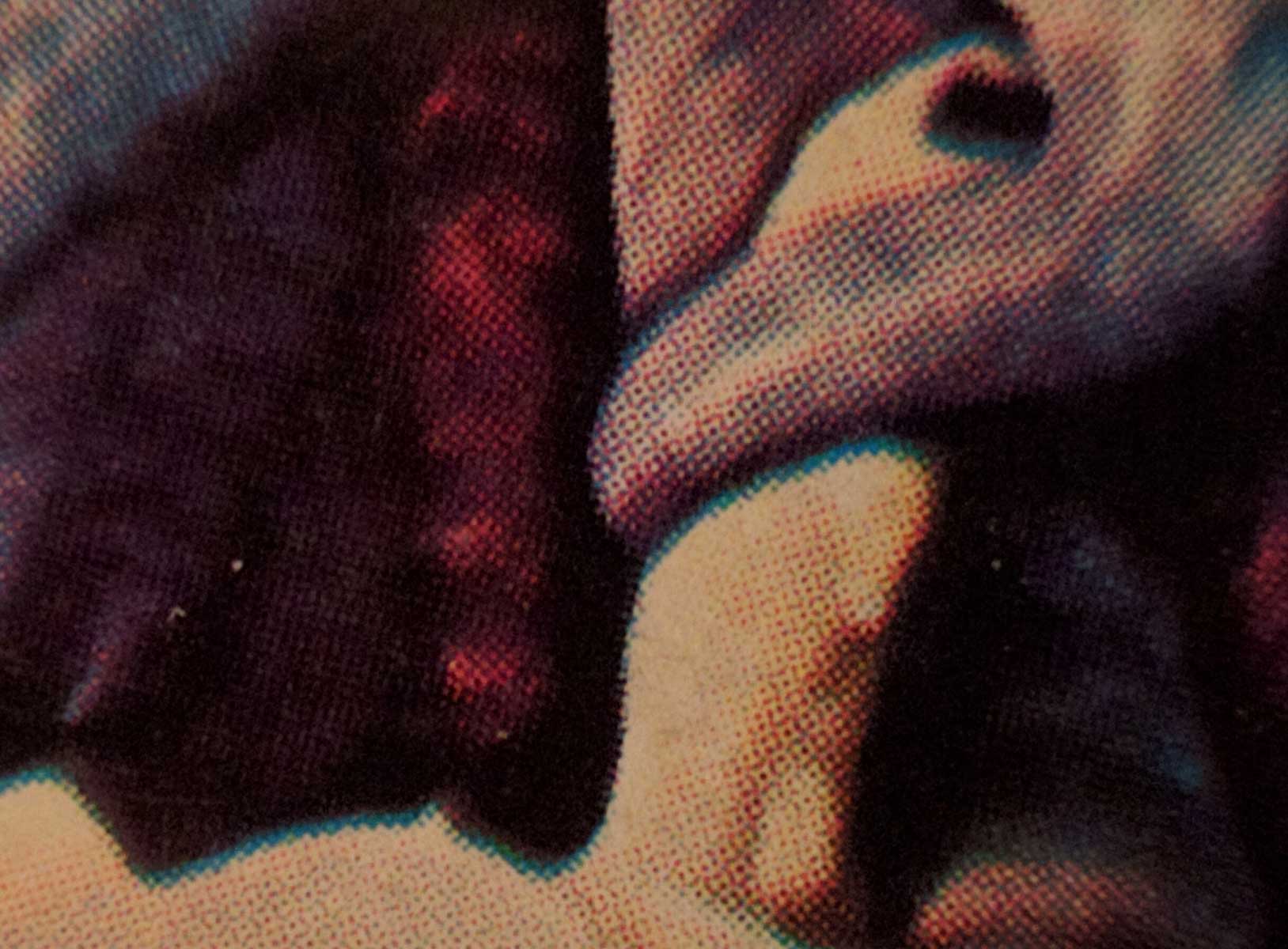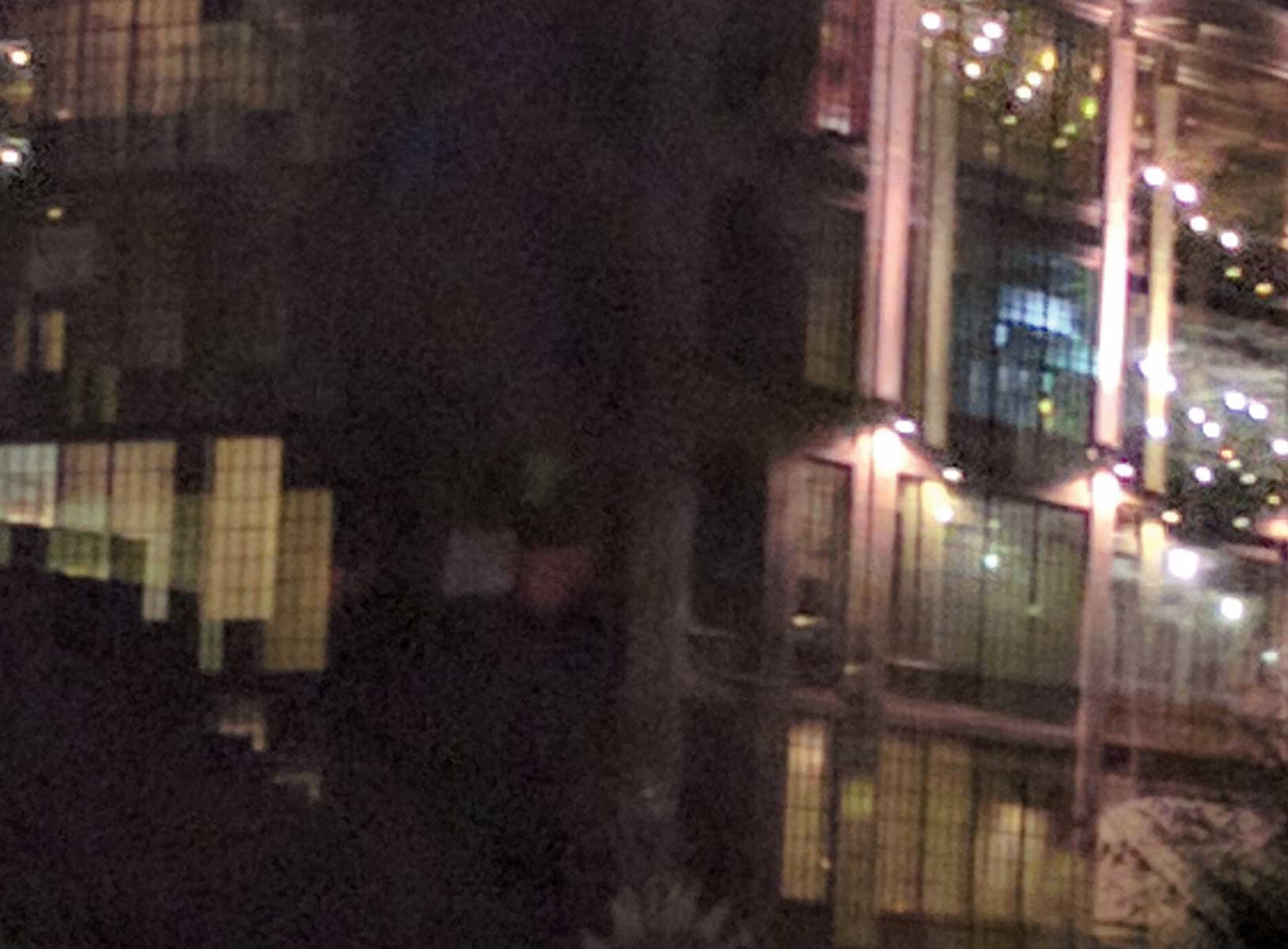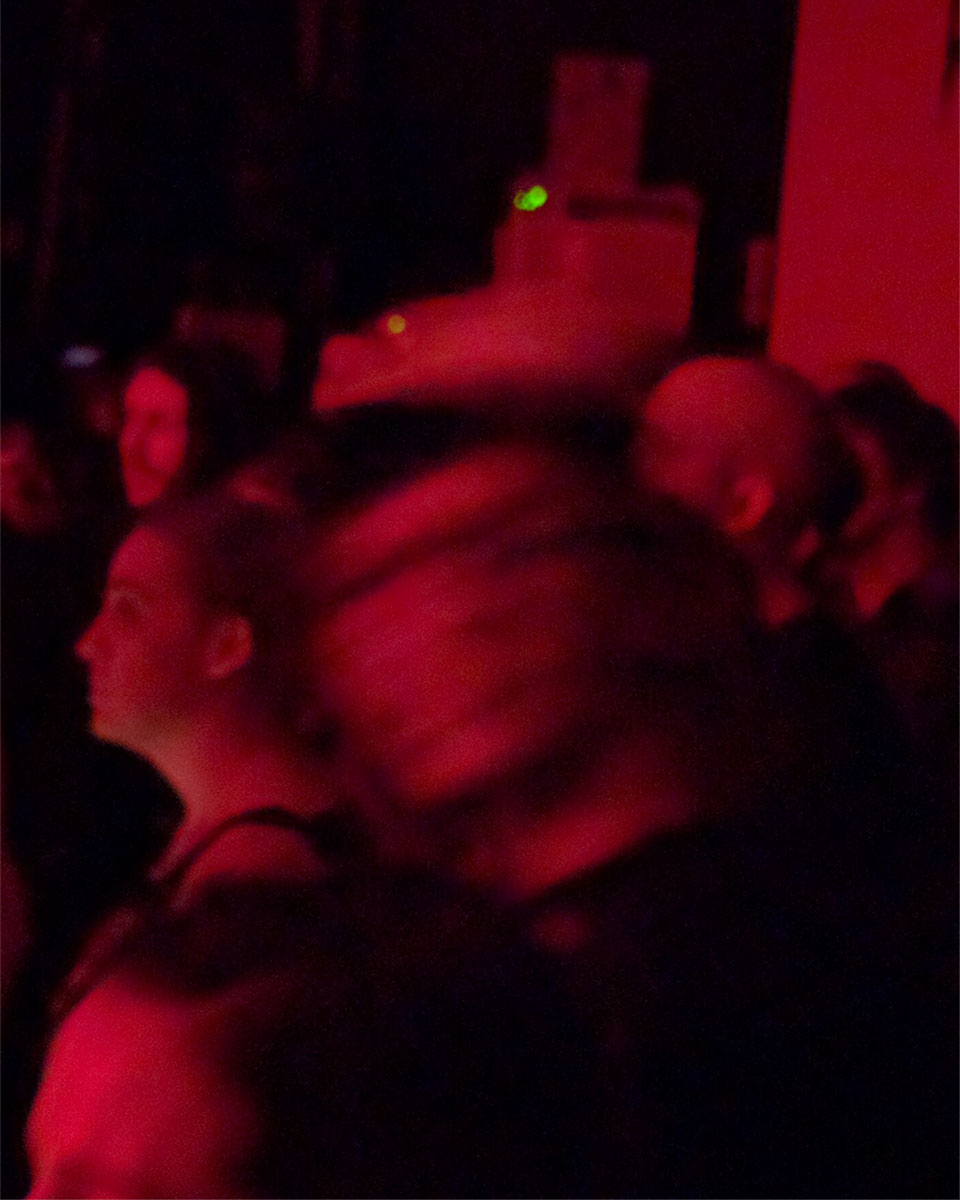In 1978, the artist Richard Corben drew the cover “Jaws of Death” for the comic Creepy, Issue 101. I was hooked the minute I saw it – perhaps in a bookstore, or even a grocery, where comic racks once existed alongside all the other magazines. Garish yellow and red, with a sea of blue. A terrified man in the water. A shark with a lifeless eye... a doll's eye. My heart raced a bit, no doubt. I loved it. It was confirmatory. This is me. This sensation is me. This object is me. Before I could learn what happened to that man and that shark, I had already fallen in love. I was sure that no good things would come to pass, and it didn't matter that I had so assuredly spoiled the ending for myself, I wanted to know how we get to that ending. The story, yes. And also the comic book itself. The cover was all tension and I breathed it in.
Human identities can be envisioned, in part, as a set of preferences. Our interests and tastes, likes and dislikes, aggregate to produce a key aspect of our selves. These tastes are distinctions, they make us unique, yet they also bind us together: our preferences are constructed and shared and then reproduced through our social worlds. We find ourselves in places, both physical and virtual, with others who share our interests. And, so, we group together: our tastes shape our social networks. When I moved to a new town, I went to a bar to see a concert and met new people, some of whom would become my friends. We had some things in common. Sometimes when I walk down the street, I run into people I know. It is because they have preferences like mine and are likely to be walking down that street, too. Walking that street is a habit. We have that habit, together. Some habit is “us,” as much as it is “me.”
Creepy and Eerie were the central comics of 1970’s Warren Publishing. Beautiful and terrifying and silly and gonzo. Zombies and vampires and ghosts and monsters and aliens from deep space, but also stories of race and gender with black heroes and women warriors. I was a kid. They were horror comics. They were horror. They fit in with the movies and the tv shows and the chapter books. “Did you see Project Bluebook?” “Did you see In Search Of...?” “I think bigfoot is real. There’s probably a bigfoot.” Some sort of horror seeped into the everyday aspects of life: recess was equally likely to be kickball or some sort of ersatz LARPing in the world of Star Wars or Dungeons and Dragons or werewolf make-believe of some sort. The habitus of horror is embedded in interactions that reflect complex, and often fantastical and ambiguous, understandings of good and evil, righteousness and contempt: it is a reflection of our efforts to solve the puzzle that lies at the muddled intersection of our values and actions.
“Habitus” refers to a system of preferences, of tastes of distinctions that work together to create shared understandings of our world. Habitus: the habits of us. This is a way of living and of being. Particular preferences are more likely to be hallmarks of habitus - defining characteristics that permeate across our lives. Horror can be a crosscutting preference. A key distinction. A hallmark. “Oh, you like puppies, too. That’s nice.” Horror... huh. Horror. That’s different. A secret handshake. Gooble gobble... one of us. OF US.
Horror is special. It might often be connected to thriller, fantasy, or science fiction as a genre, but horror stands apart from its brethren by breathing a distinct air of unpleasantness. Ghastly beginnings. Corporeal endings. Moral failings. Social downfall. It’s not just that monsters and monstrosities are made evident or that scares and frights pick at our adrenals, but that these stories are harbingers of personal dismay and communal destruction. There is some tear in the fabric of social life – writ small or large. Death is meted out without mercy. Fear motivates action - or a terrifying lack of action against impending doom. Trust in people or reality or justice is broken down. Horror turns the natural towards the unruly, the real towards the uncanny, and the social towards the unfriendly. Horror helps us to comprehend the fact that all that is around us, all that we depend on, can be undone.
Horror has a latent existence as a part of the critical mores that can guide our understanding of the broader social environment. It can be the sudden and transient events on screen or in a text, and it can also be the slow inevitable move of social horrors: the evil machinations of the world around us that break down our hallowed halls and our corner shops. Recognizing horror hints at knowing the doomed nature of our modern world. The knowledge that urban growth can be a veneer over urban decay. The shiny new thing is lighting up our lives while bearing down upon us with the patient and uncaring motivation of a glacier. Volcanos and earthquakes and tornados and hurricanes… they can be terrifying, but they’re not the stuff of horror. Horror requires the failings of humans. The gill man – both deadly and misunderstood. The serial killer – devoid of the good faith that allows us to trust strangers. The demon – twisting human morals to undermine that which we are taught is good.
To know horror is to recognize it as a part of our environment. It is in the margins. In popped balloons and forced retirements and the creep of power. Backroom handshakes and behind-the-back finger-crossing. We tell the stories of monsters and killers and the terrors of the natural world, but we know the lurking ones that are around us as well. The Habitus of Horror is not just one of consumption, but of recognizing the cracks in the foundation of the world around us and noticing the lack of plumb in the walls that are supposed to provide barriers between right and wrong. Habitus is taste and distinction and behavior, but it is also awareness. Not some conspiratorial falsehood of inside knowledge, but recognition of the frailties of nature and society and our strongest moral stances.
One of horror’s key qualities, though, is heroism, and occasionally hope. Terror can be fought against and, at least, transiently overcome. Even as terrible fates draw near, last gasps and straw grasps and final words are presented to maintain faith in that which is not horrific. The dead live on. The dead are reanimated. The dead can be memorialized and avenged, they can engage our sentiments and nostalgia, and that thread which keeps us on course is recognizing their potential for horror.








